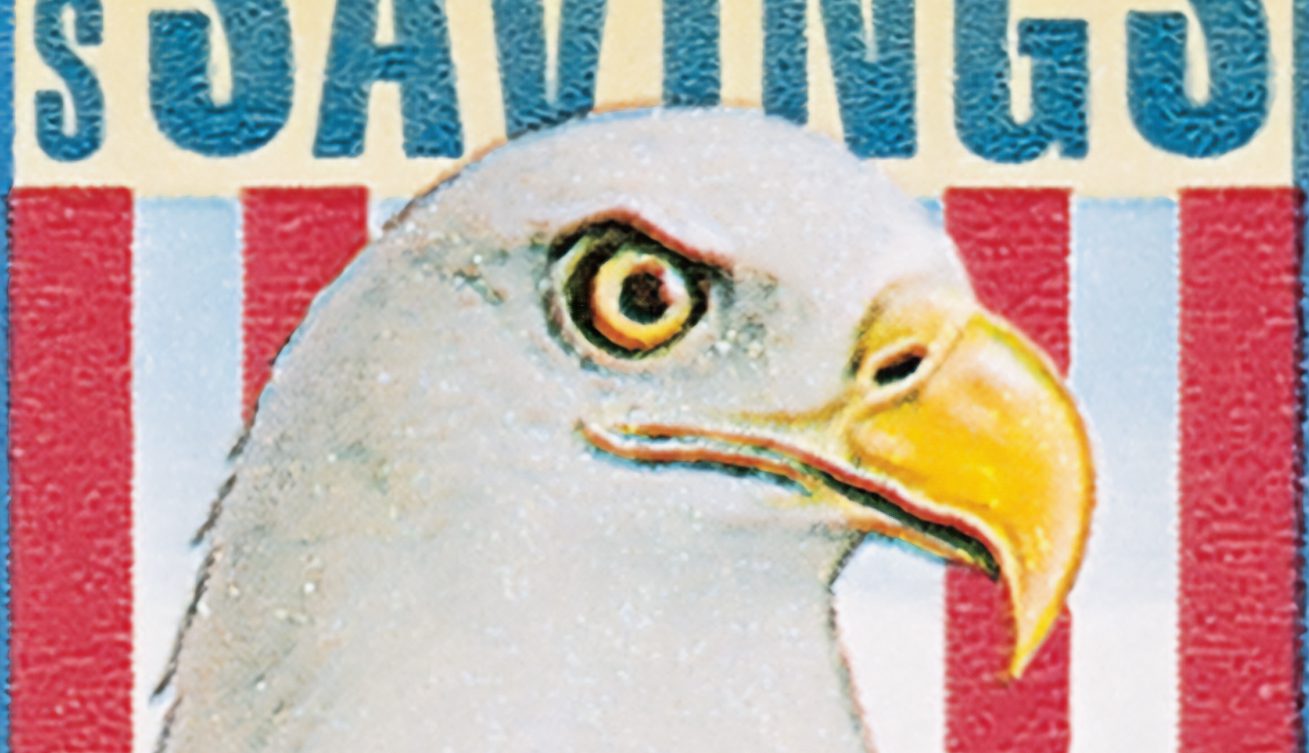Happy Cinco de Mayo
On May 5, 1862, Mexican forces defeated French invaders at the Battle of Puebla. Commemoration of the event has come to be known as Cinco de Mayo.

On May 5, 1862, Mexican forces defeated French invaders at the Battle of Puebla. Commemoration of the event has come to be known as Cinco de Mayo.

On May 4, 1974, Expo ’74 opened in Spokane, Washington. “Celebrating Tomorrow’s Fresh New Environment,” it was the first world’s fair to focus on environmental themes.

On May 3, 2000, the USPS issued the first stamps in the Distinguished Servicemen Series. These stamps were intended as a tribute to all servicemen, not just the soldiers they pictured.

On May 2, 1908, “Take Me Out to the Ball Game” was submitted to the US Copyright Office. Neither of the men involved in its creation had ever seen a baseball game.

On May 1, 1929, the Kansas-Nebraska stamps were officially placed on sale. The stamps were intended to put an end to post office robberies but were heavily criticized and short-lived.

On April 30, 1941, President Franklin Roosevelt announced a new series of US Savings Bonds and bought the first one himself the following day. These bonds went on to help raise over $185 billion dollars during WWII.

Jazz legend Edward Kennedy Ellington was born on April 29, 1899, in Washington, DC. Better known as Duke Ellington, he was considered one of the most influential jazz composers.

The Fifth International Philatelic Exhibition (FIPEX) opened its doors to a record 60,000 visitors on April 28, 1956.

Hiram Ulysses Grant was born on April 27, 1822, in Point Pleasant, Ohio. A hero of the Civil War, he served as America’s 18th president.